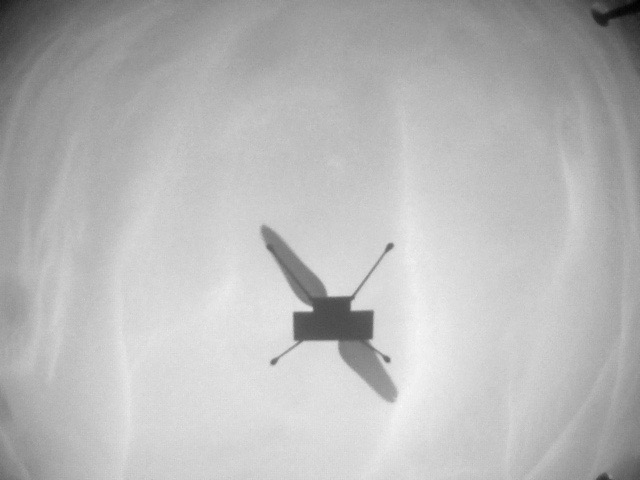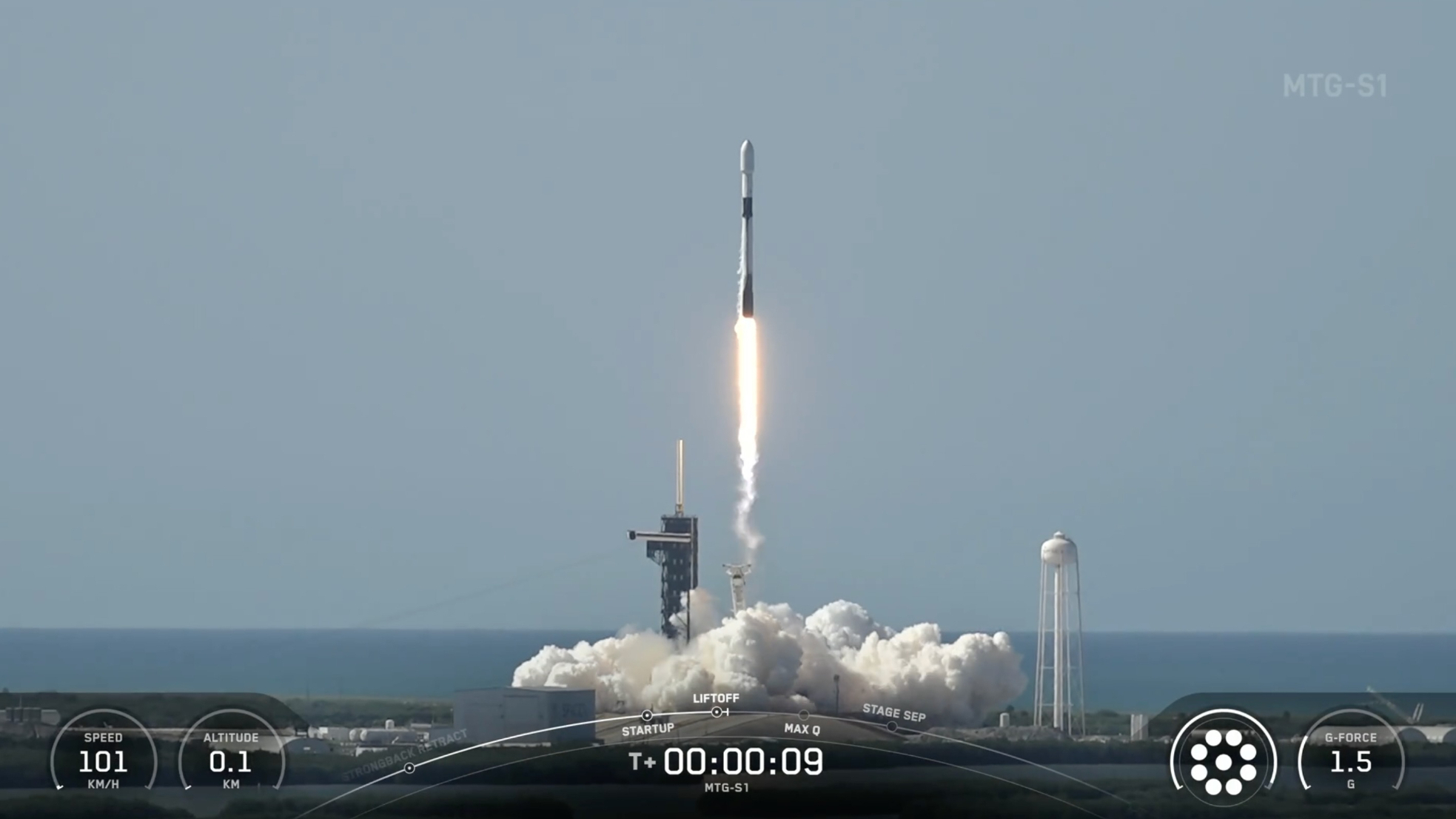
NASA's Mars helicopter Ingenuity has soared through alien skies yet again.
"The #MarsHelicopter keeps going, going, going! Ingenuity successfully completed its 18th flight, adding 124.3 seconds to its overall time aloft on the Red Planet," officials with NASA's Jet Propulsion Laboratory (JPL) in Southern California, which manages Ingenuity's pioneering mission, said via Twitter today (Dec. 17).
Ingenuity covered 754 feet (230 meters) of ground while cruising at 5.6 mph (9.0 kph) during the flight, which took place on Wednesday (Dec. 15), JPL officials added.
Related: It's getting harder to fly the Ingenuity helicopter on Mars
The 4-lb. (1.8 kilograms) Ingenuity landed last February with NASA's Perseverance rover on the floor of the 28-mile-wide (45 kilometers) Jezero Crater, which hosted a big lake and a river delta billions of years ago.
Ingenuity's main goal was to show that powered flight is possible in the thin air of Mars. The little chopper checked off that box over the course of five initial flights, then shifted into an extended mission during which it has been pushing its limits and serving as a scout for the life-hunting, sample-caching Perseverance.
The rotorcraft has performed extremely well, racking up an impressive set of off-Earth accomplishments. Ingenuity has now spent nearly 33 minutes aloft in the Martian air, for example, and visited 10 different Red Planet airfields.
Breaking space news, the latest updates on rocket launches, skywatching events and more!
"Few thought we would make it to flight one, fewer still to five. And no one thought we would make it this far," Ingenuity team lead Teddy Tzanetos of JPL said in a statement earlier this week. "The aircraft’s continued operations speaks to the robustness [of] the design and the diligence and passion of our small operations team."
That's not to suggest that it has all been perfectly smooth sailing for the little chopper. For example, during its sixth flight, which took place on May 23, Ingenuity suffered a glitch that interrupted the flow of navigation images to its onboard computer.
And the communications link between Ingenuity and Perseverance was disrupted during the chopper's descent on flight 17, which occurred on Dec. 5. This complication delayed the mission team's assessment of the sortie, which was eventually determined to be a complete success. (All of the helicopter's data and imagery reach Earth via Perseverance and Mars orbiters.)
Some people have speculated that the Dec. 5 communications dropout may be linked to log4j, a widely used programming code developed by the nonprofit Apache Software Foundation that was recently revealed to have a flaw that can leave it vulnerable to hackers. But this is not the case, JPL officials said, pointing instead to a much more prosaic cause.
"NASA’s Ingenuity helicopter does not run Apache or log4j, nor is it susceptible to the log4j vulnerability. NASA takes cybersecurity very seriously and, for this reason, we do not discuss specifics regarding the cybersecurity of agency assets," JPL officials wrote in an update Thursday (Dec. 16).
"The interruption in data communications between the Ingenuity helicopter and the base station on the Perseverance rover during flight 17 occurred when the signal was blocked by elevated terrain between the two as Ingenuity descended at the end of the flight," they added. "Effectively, Ingenuity 'flew behind a hill' or out of the rover's line of sight, briefly interrupting high-speed communications between the two spacecraft."
Mike Wall is the author of "Out There" (Grand Central Publishing, 2018; illustrated by Karl Tate), a book about the search for alien life. Follow him on Twitter @michaeldwall. Follow us on Twitter @Spacedotcom or on Facebook.
Join our Space Forums to keep talking space on the latest missions, night sky and more! And if you have a news tip, correction or comment, let us know at: community@space.com.

Michael Wall is a Senior Space Writer with Space.com and joined the team in 2010. He primarily covers exoplanets, spaceflight and military space, but has been known to dabble in the space art beat. His book about the search for alien life, "Out There," was published on Nov. 13, 2018. Before becoming a science writer, Michael worked as a herpetologist and wildlife biologist. He has a Ph.D. in evolutionary biology from the University of Sydney, Australia, a bachelor's degree from the University of Arizona, and a graduate certificate in science writing from the University of California, Santa Cruz. To find out what his latest project is, you can follow Michael on Twitter.
